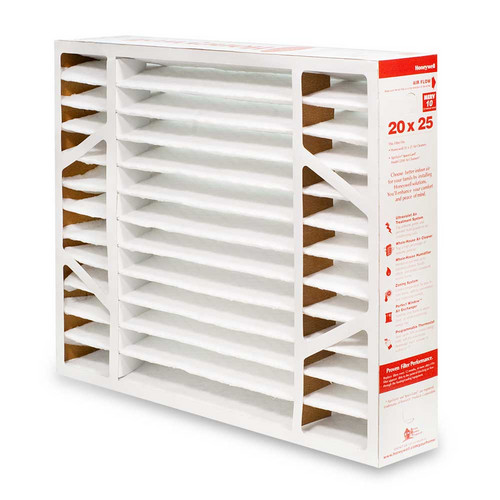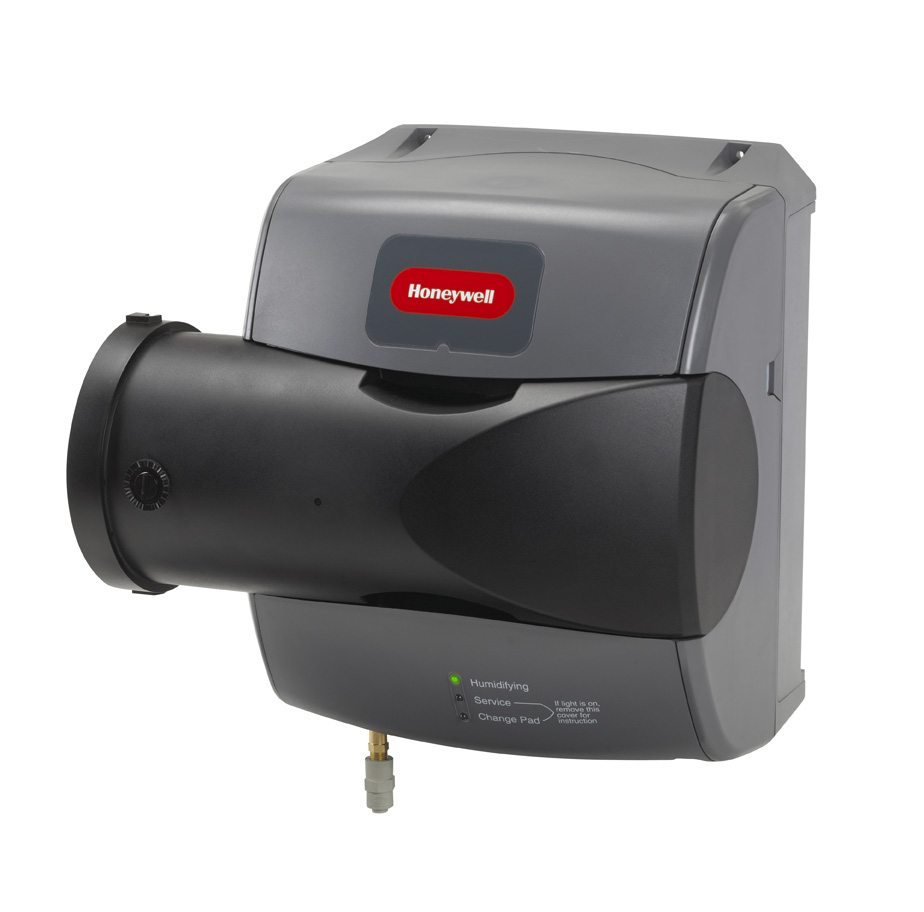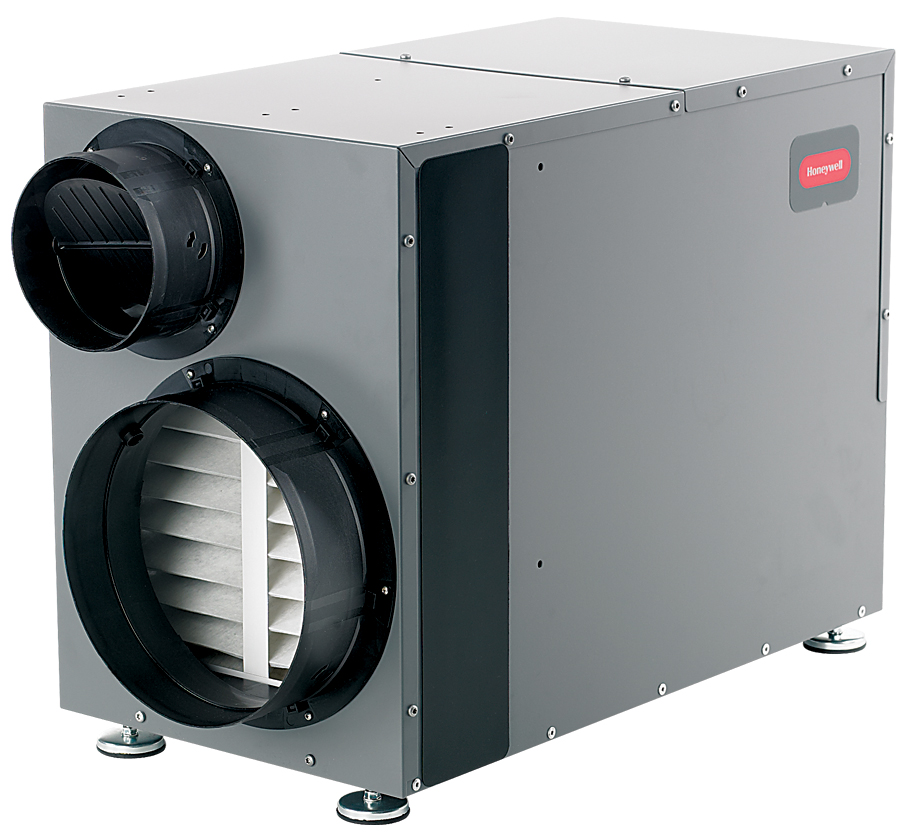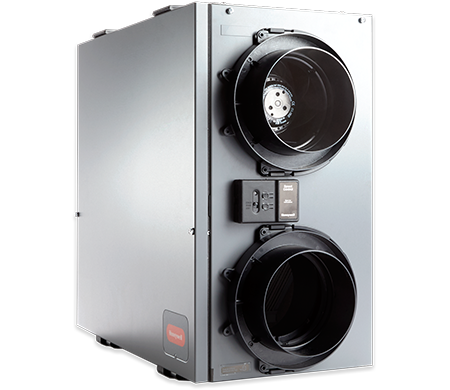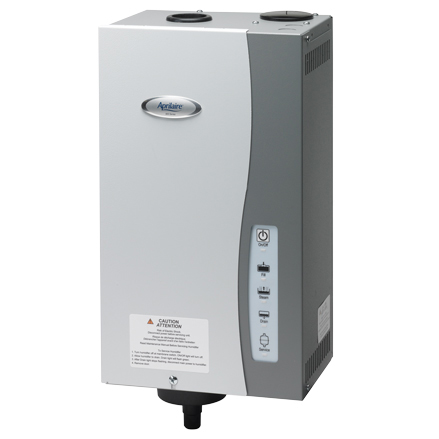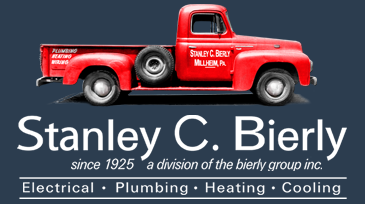Indoor Air Quality
Indoor Air Quality (IAQ) as a term has been around a long time but it has become more important in the last decade as home building envelopes have become tighter. Indoor air can be 5 to 10 times more toxic than outdoor air. Allergies have become more of an issue for people, and products are being made that off gas VOC’s (Volatile Organic Compounds). There are a lot of elements that go into play when we talk about indoor air quality. Problems range from dampness or high humidity in a home or air that is too dry. There can be allergy problems caused by mold or pollen. Other issues can be caused by VOC’s that are emitted from carpet, paint or new furniture. Indoor Air Quality can be exasperated by homes that are either too tight or too leaky. Also if your home has ductwork that is leaky or not properly installed or if an Air Conditioning system is too large or not properly sized this can lead to problems as well. Indoor Air Quality is often a multi faceted problem and solving these issues usually requires someone with some knowledge of how the house as a system works. There are different products that do the same IAQ job but are less effective in certain situations or with certain systems. Many of the Indoor Air Quality products work well if utilized properly and installed properly but can be an expensive and ineffective option if not.
New or Renovated Homes: Modern home construction practices are leading to tighter homes. What I mean by tighter homes is that there is a component of a homes’ heat loss that is affected by poor or inadequate insulation and then is there is a component of a homes’ heatloss that is affected by air infiltration (how leaky a home is). This air infiltration is made up of gaps or air leaks in the walls, around windows, foundations, floors, ceilings and attics that allows warm air in the home to escape and cold winter air to then infiltrate the home to replace that air that is escaping. This new air that comes in the home is cold, so it needs heated, and is dry, so it lowers the humidity in the home. Newer construction practices are making houses tighter to reduce this infiltration (many builders pride themselves on building tight homes). Even older or existing homes that are getting windows replaced or insulation added or new siding with house wraps are getting tighter. There are materials used in construction of the home that have binders or adhesives that off gas after they are installed as well as products like paints and furniture and carpeting that give off Volatile Organic Compounds (V.O.C.’s) and some are dangerous to breathe or be exposed to over long periods of time.
Indoor Air Quality products such as humidifiers, filters, dehumidifiers, UV lights, ERV’s, HRV’s can help make these homes healthier when properly applied.
We install Indoor Air Quality products to new and existing systems throughout Centre County including , State College, Millheim, Bellefonte, Port Matilda as well as other nearby towns that are not in Centre County such as Lewistown, Mifflinburg Lewisburg, Loch Haven and elsewhere. Contact us to see how we can help you with your Indoor Air Quality Problems.

